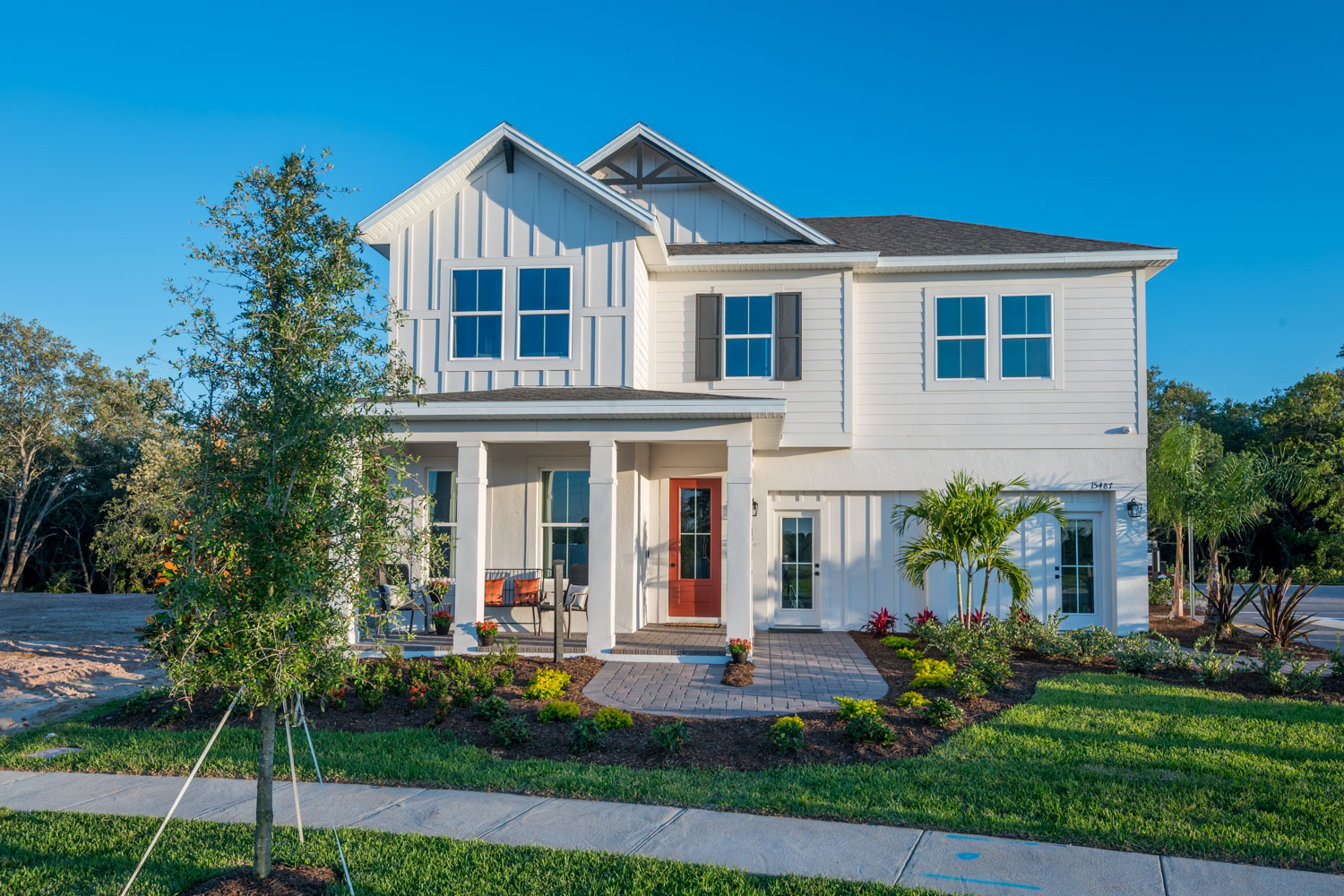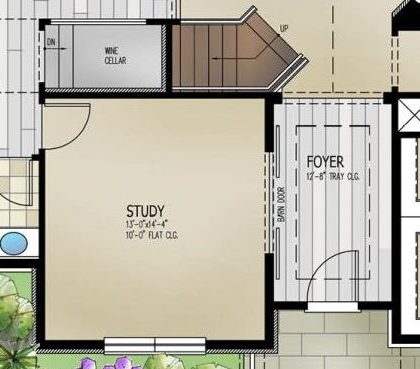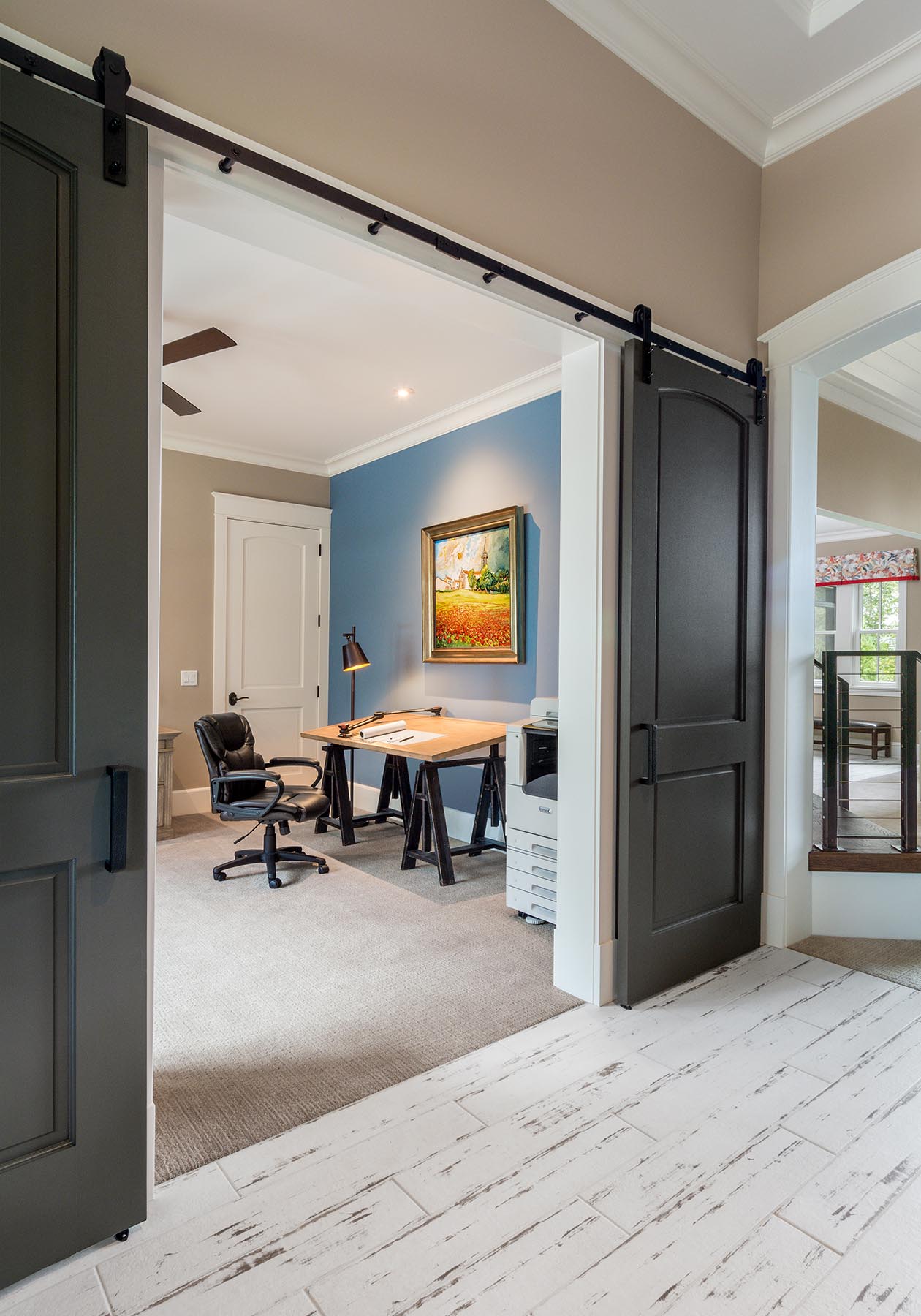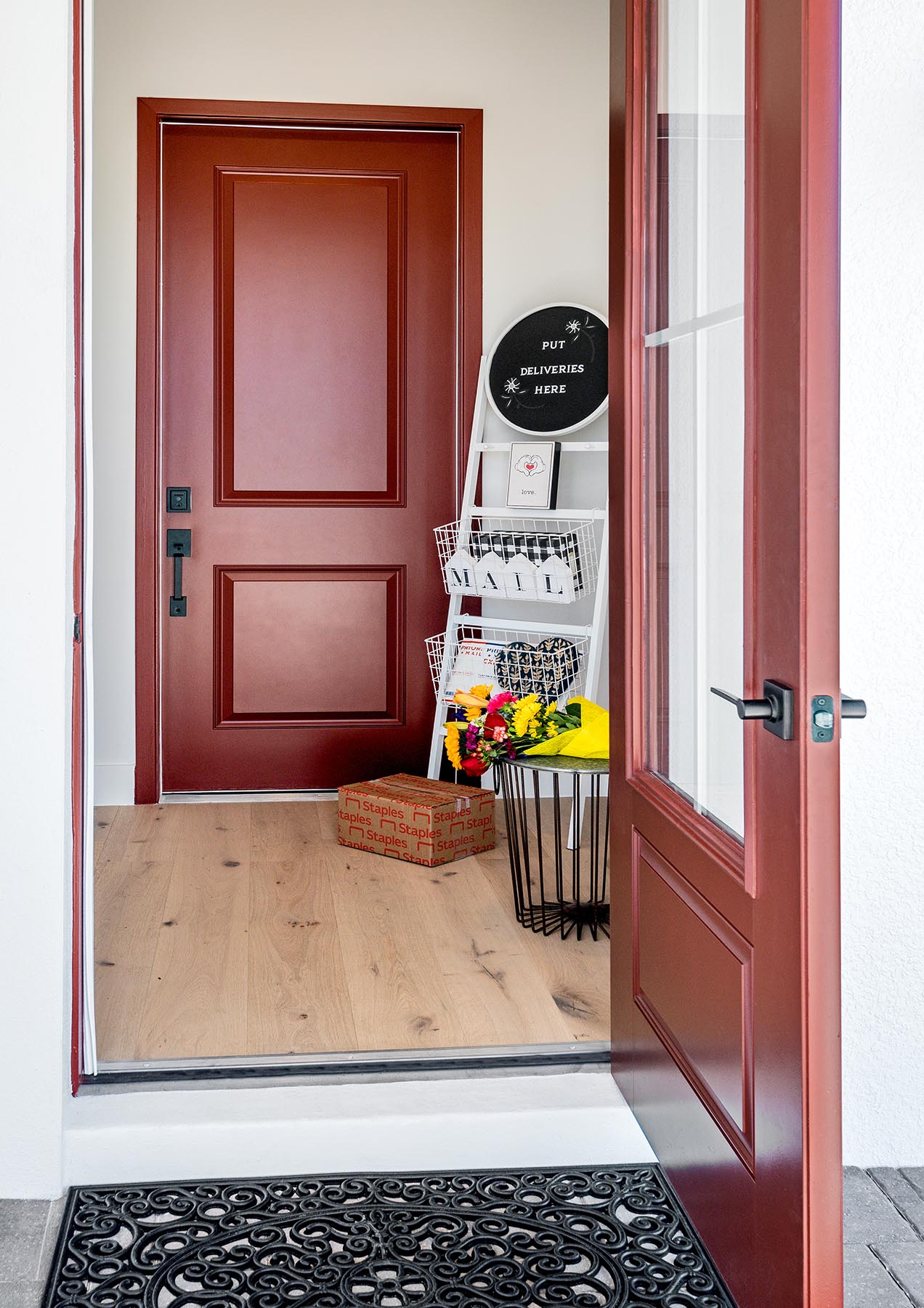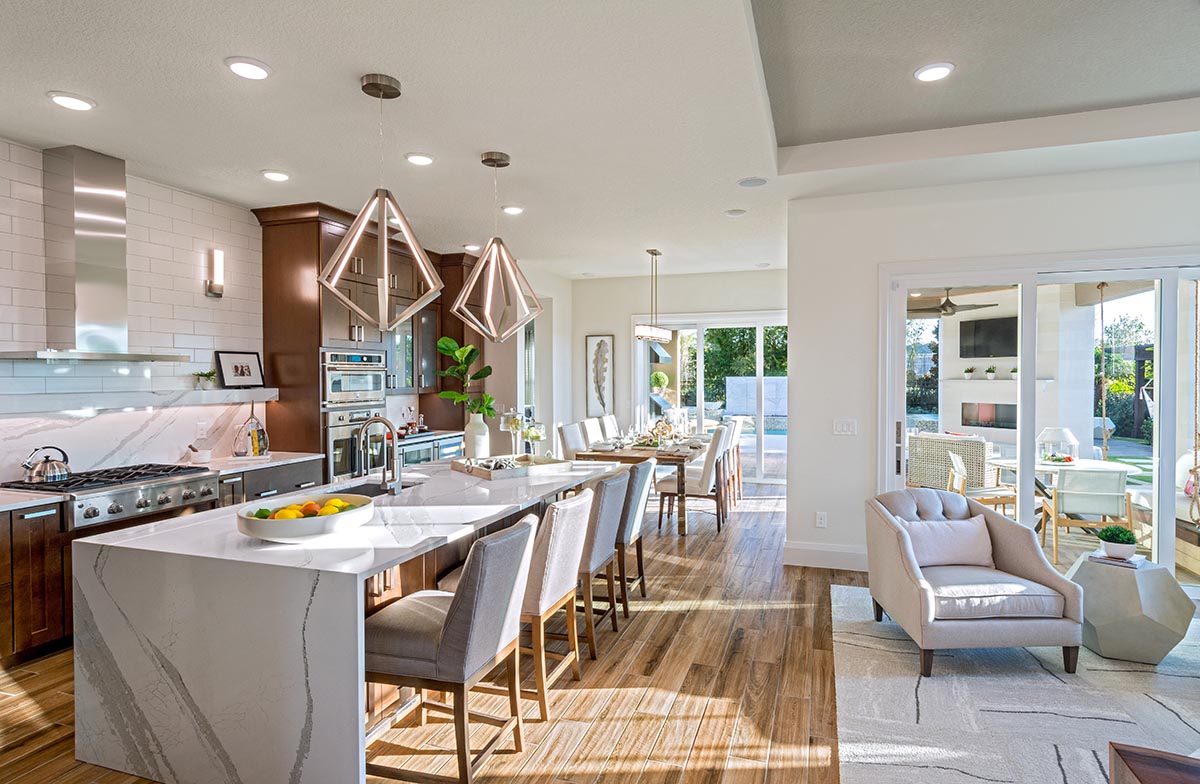As we all know, this is a white-hot market coupled with labor and material shortages. You almost don’t even have to try to sell a house these days, “if you build it, they will get into a price war over it”. It can be tempting to keep building the same thing you were building pre-pandemic in the name of simplicity. Builders certainly have no shortage of things to do these days. However, I would like to make my case to do just the opposite. Now is the time to exam what is driving the demand for housing and why.
In short, the pandemic made homes that matched our current lifestyle more important than ever.
The pandemic has fundamentally changed our relationship with our homes. Over the past two years, we’ve covered just about everything related to housing in the pandemic. Pre-pandemic, some were willing to put up with inferior housing solutions because they mostly used their homes as a place to sleep.
Let’s consider the following – Time away from home pre-pandemic
- Commuting
- Working
- Schooling
- Shopping
- Dining
- Happy Hour
- Kids activities
- Sporting Events – in person or at a sports bar
- Church on Sunday
- Business Trips and vacations
How much of that has changed? During lockdown, virtually none of that was possible. Homeowners quickly grew attuned to the deficiencies in their houses. Today, America is opening up again – but our behavior has changed.
Working from home
This has been the biggest game changer. Whether fully remote or a hybrid of work from home/go to the office, those who can work from home overwhelmingly have said they will continue to do so several days a week.
Schooling from home
The 2020/2021 school year saw a hybrid of return to the class or learn from home. Homeschooling has seen a record increase, with 3.7 million in 2020-2021 compared with 2.5 million in 2019-2020 according to the National Home Education Research Institute.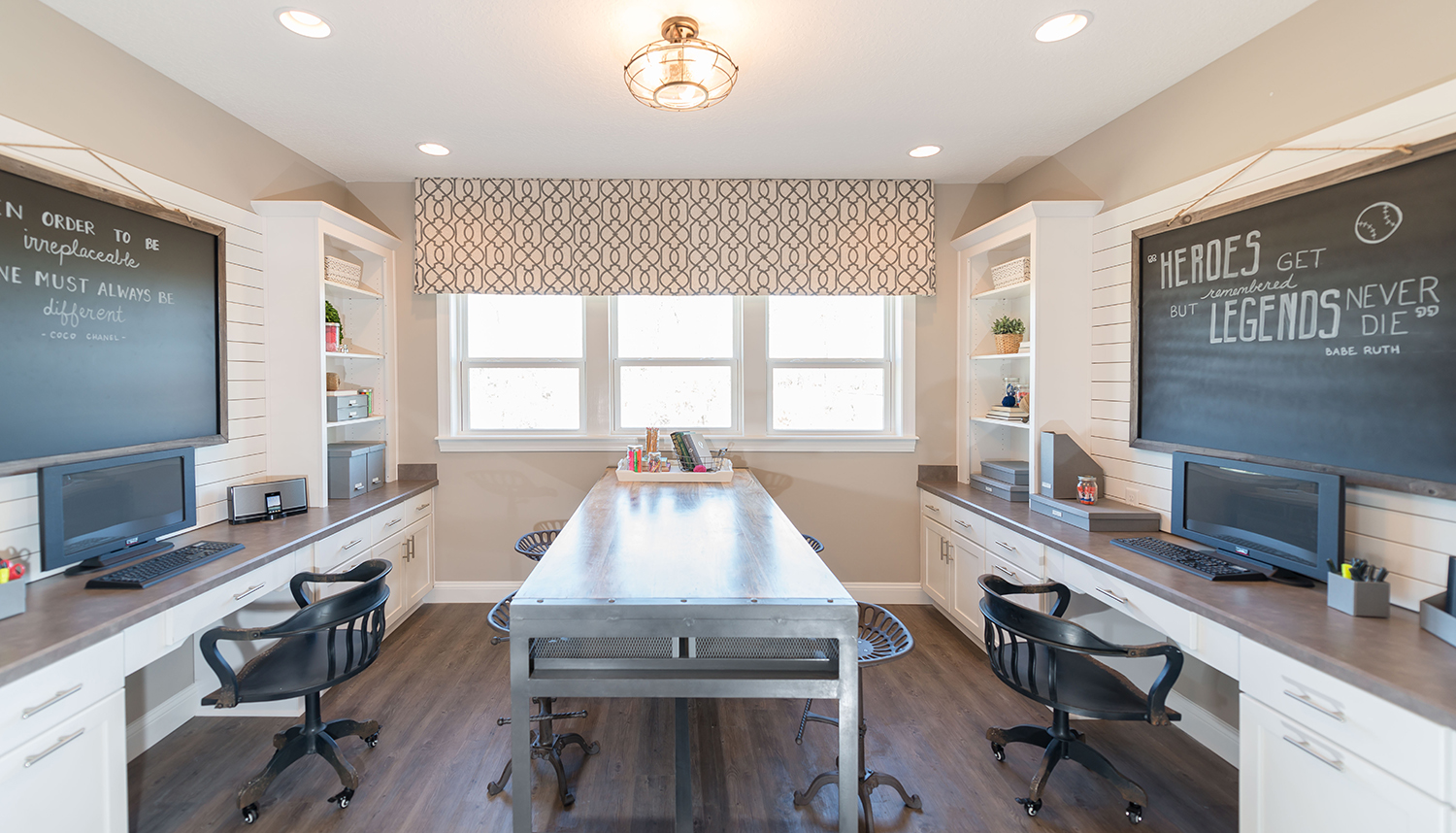
Shopping from home
Many honed the skill of online shopping during the pandemic. Amazon, a company that already seemed to be at the peak of online shopping before the pandemic, doubled their business. Grocery deliveries really took off over the past two years. Once you’ve grown used to having your groceries delivered, why would ever want to push around that heavy shopping cart and wait in lines?
Dining out less
Either because we got better at cooking, your favorite restaurant tragically closed, or they don’t have adequate staff yet. The restaurant business has not yet fully recovered. Will it? I hope so.
Traveling less
2020 was the year of the stay-cation that saw more backyard home improvement projects than ever before. Now that 2021 is here, we are still traveling less. Just ask the airlines. And what travel occurs may be by car or RV, but that’s a topic for a later blog.
Post Pandemic Housing Wants and Needs
Let’s assume (and hope) we have no more lockdowns. To think our behavior will return to pre-pandemic is wishful thinking for someone who hasn’t updated their product offering. The savvy builder knows now is the time to hit the gas peddle and really make resales homes looked dated and obsolete. Used homes simply don’t match our current lifestyle without needing serious remodeling – and good luck finding a contractor!
Post Pandemic Check-List
o Bigger kitchens with the latest appliances that do more in the same space
o Larger and more dining options – island, café, and outdoor dining.
o At least one acoustically private home office
o An option for a second home office
o Zoom room
o Parcel Delivery Vestibule
o Larger, multi-functional outdoor living spaces
o Better solutions for pets including pet rooms and dog showers
o Flexible spaces
o Home office during the week, guest suite on the weekend.
Plug into the Future
Anticipating the future is never easy, but some changes we already know are coming:
- Automakers announced they will be going all electric by 2035*
- California is mandating solar.
- Hot real estate market Florida is vulnerable to tropical weather and power outages.
What can we do today to set our houses up for the future? I’d love to hear your thoughts.
- Update your electrical offering by adding a charging station in the garage for cars (or golf carts)
- Prewire for going off the grid – whether for solar or home generator. Adding these features later is far more costly – advantage, new construction. Of course, you’re already adding multiple USB charging options for cells phones at each side of every bed in the house – unlike used homes.
The Next Five Years
Many feel demand for housing will remain strong for the next five years. Not at the insane levels we see today, but still robust. Supply chain issues will begin to ease up in 2022.
Now – not later – is the time to gain the competitive edge on used homes and dinosaur builders too content to evolve.
* One auto-maker has committed to all its new vehicles being purely electric starting from 2025 with fuel-cell EVs and battery EVs, with the goal of being a 100 percent zero-emission vehicle brand by 2030 and carbon neutral by 2035.
Categorized in: Daily Lifestyle Solutions, Housing in the Pandemic
This post was written by Housing Design Matters


